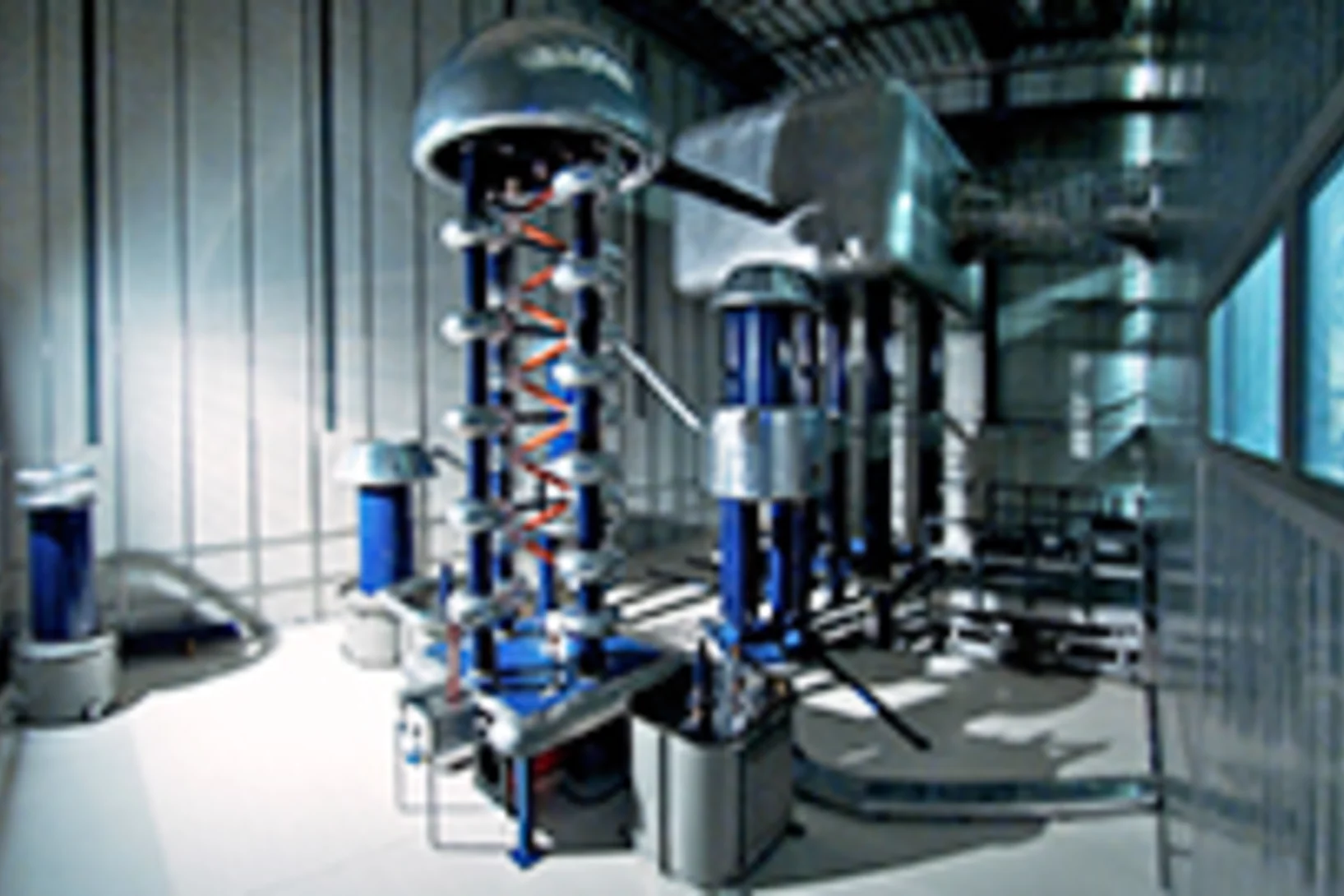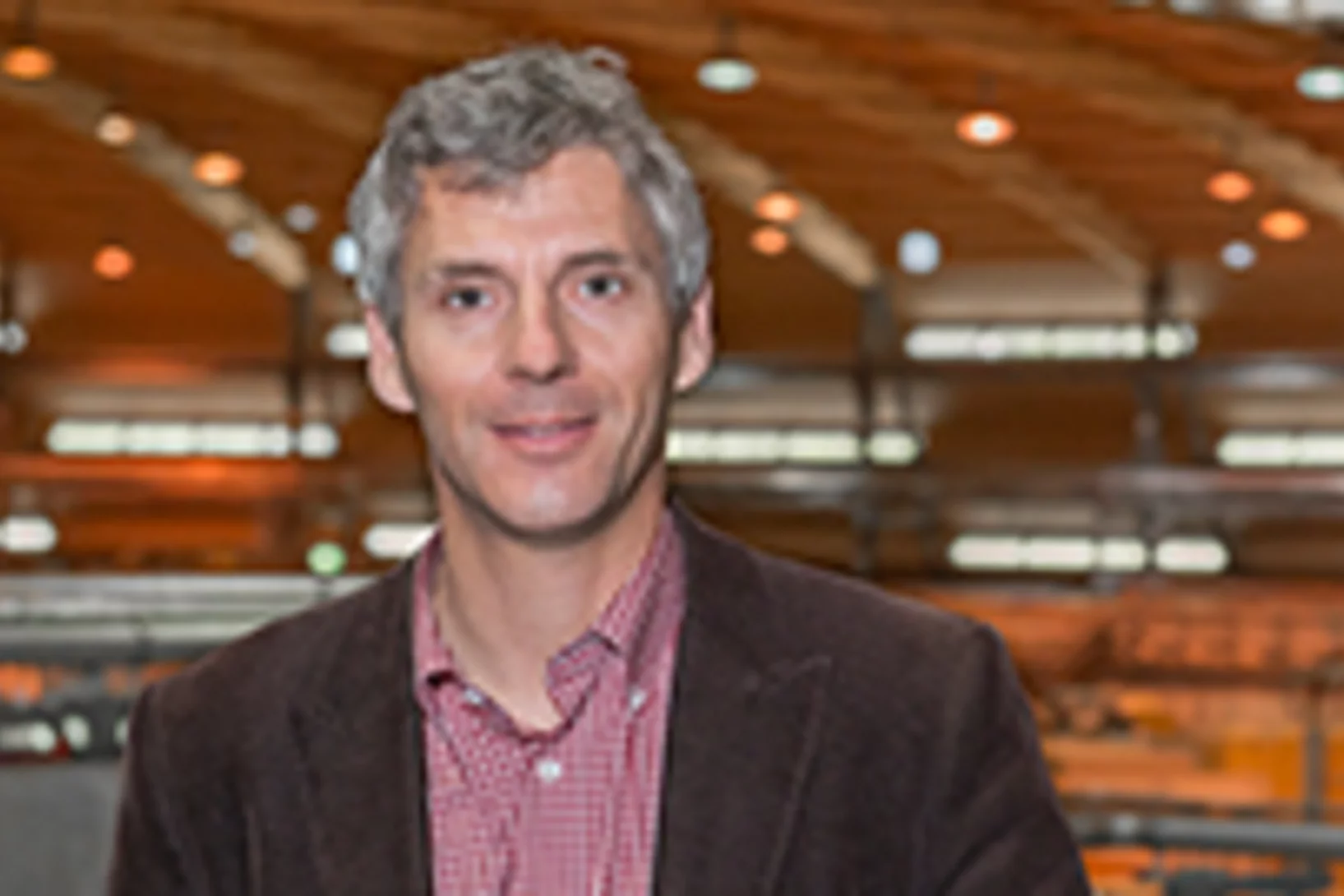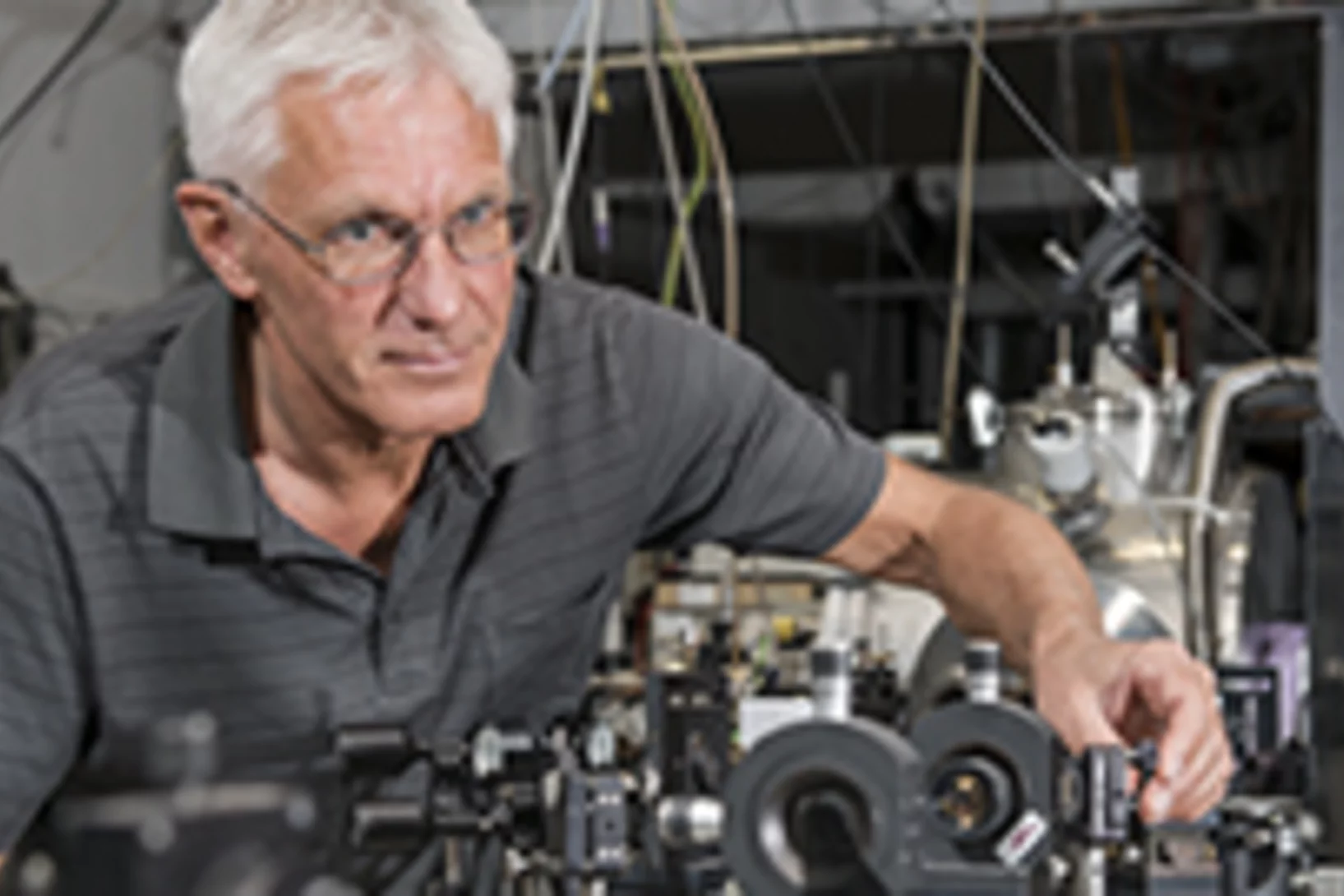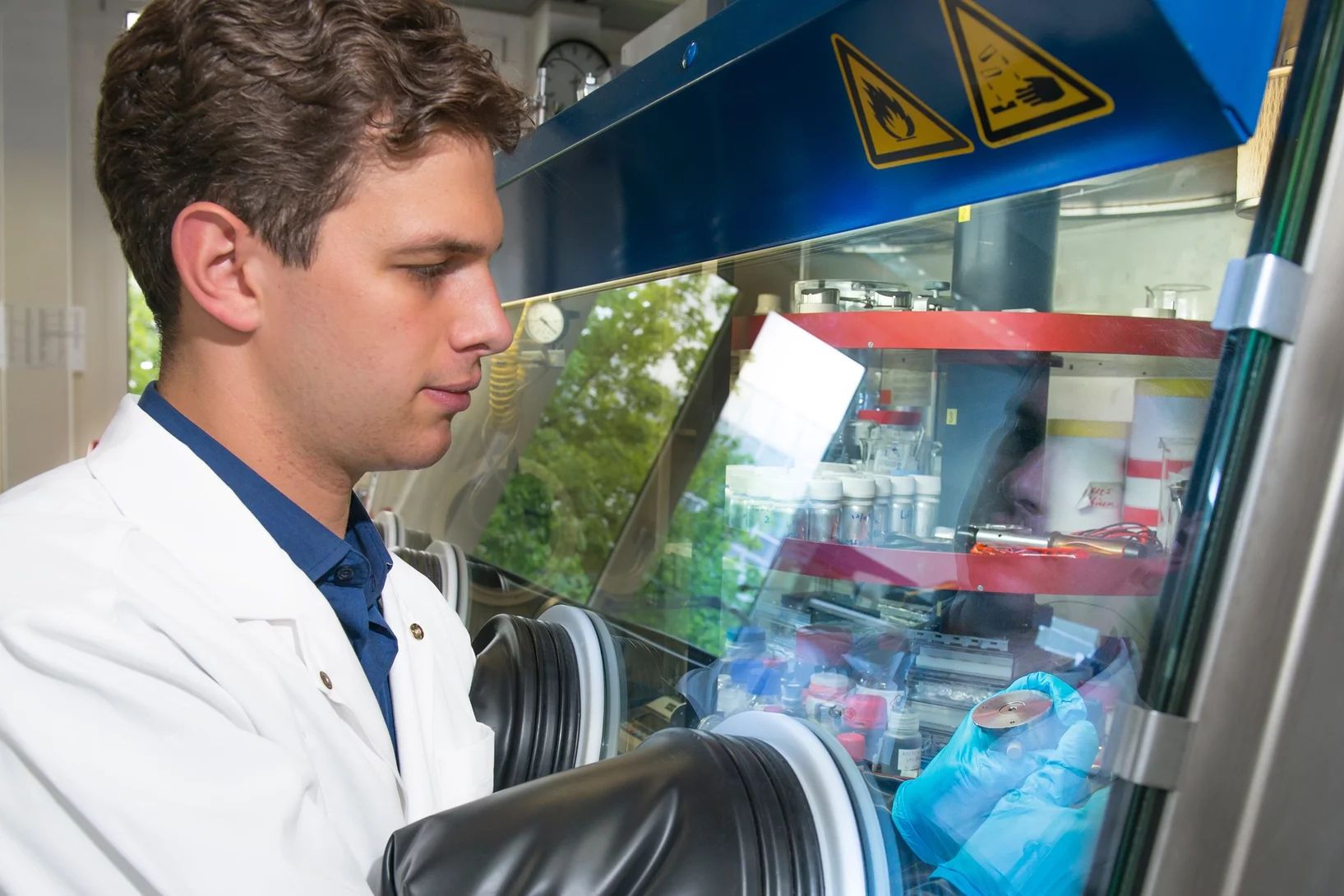PSI Stories
Giants who control miniscule particles
Magnets are the unsung heroes in particle accelerators because they keep protons or electrons on track. But such magnets have very little in common with the small ones on the domestic fridge door. Quite a few of the magnets at PSI are heavier and bulkier than the fridge itself, yet despite this they are also masterpieces of precision and control.
A reliable type from the 1980s
The source of the proton beam at PSI is a retro-style Cockcroft-Walton linear accelerator. Since 1984 it has been the first acceleration stage for protons which are taken up to around 80 percent of the speed of light by two further ring accelerators. This has resulted in the generation of a significant proton beam over decades, and which has even held the world record as the highest performing beam since 1994 thanks to ongoing retrofitting.
What attacks on oil pipelines have in common with epidemics
How susceptible is the global energy infrastructure to attacks by non-state actors? Has the number of attacks on this infrastructure actually increased of late? Which regions of the world are especially vulnerable? And which tactics do the attackers use? Scientists are looking to find the answers to these and other related questions with the aid of a database developed by researchers from the Center of Security Studies at ETH Zurich in collaboration with the Paul Scherrer Institute PSI.
Hydrogen: a Trojan horse in fuel-rod cladding tubes
In nuclear reactors, water is dissociated at the surface of the hot fuel elements, thereby producing hydrogen. This hydrogen can penetrate the fuel cladding surrounding the actual fuel and weaken it mechanically. Researchers from the Paul Scherrer Institute (PSI) have been using neutrons and synchrotron radiation to study how the hydrogen gets into the cladding tube and what impact it can have once inside.
A dark state sheds light
The molecule dicarbon (C2) is present in all flames where a carbon-containing fuel is combusted. C2 burns visibly, is behind the blue colour inside a candle flame and could also play a key role in the formation of soot. Now, for the first time, scientists from the Paul Scherrer Institute have rendered a previously invisible C2 energy state, a so-called dark state, visible. Not only is its discovery interesting for combustion researchers; it also solves a century-old puzzle in the spectrum of this omnipresent molecule.
Tag der offenen SwissFEL-Baustelle
Vergangenen Sonntag luden das Paul Scherrer Institut PSI und die Arbeitsgemeinschaft EquiFEL Suisse die Einwohnerinnen und Einwohner der Umgebung zum Tag der offenen SwissFEL-Baustelle ein. Rund 600 Interessierte informierten sich an mehreren Stationen über den aktuellen Bau- und Projektstand.This news release is only available in German.
From amateur firework-maker to battery researcher
Portrait of PSI doctoral student Patrick Lanz
Patrick Lanz already discovered a fascination with the world of science and technology during his school days. As an electrical engineer, his father had a decent selection of electronics sets for him to tinker with. However, the young Patrick did not merely content himself with remote-controlled cars. He set about systematically disassembling his toys in a quest to find out how they worked. Later, Lanz also began opening small batteries because he wanted to understand “what went on inside” – probably the first step on the path to his present role as a battery researcher.
Engineering apprentice on the move
This year, Rebekka Liefert completes her four-year training as an engineering apprentice at PSI. What she liked about the research institute was that it almost only makes prototypes. The components for the research facilities are usually individual pieces at PSI. Series production didn’t appeal to her; she quickly got bored. I can’t sit still. That’s why the variety here is perfect for me.
Big building on a millimetre scale
For the electrons to reach the necessary energy level, their path in the linear accelerator needs to be absolutely straight. Even the slightest bend means a loss of energy, which the comparatively short SwissFEL linear accelerator cannot afford. Consequently, even the earth’s curvature needs to be balanced out while constructing the building, which not only requires state-of-the-art measurement technology, but also continuous monitoring.
Which aromatic will it be today?
A sort of bio-oil can be extracted from lignin, one of the main components of plants, by thermal decomposition for instance. This pyrolysis oil would be a good fuel if it weren’t corrosive as this makes it difficult to store and transport. However, if the acrid oxygen is removed from the oil, valuable organic materials are left behind, aromatics. PSI researchers have looked at how lignin can be directly produced in a targeted manner from lignin with the help of a wide range of catalysts.










